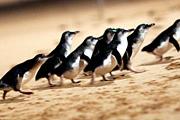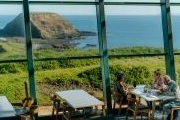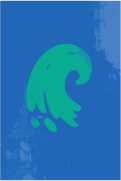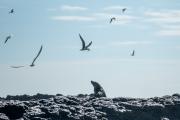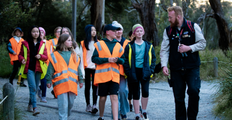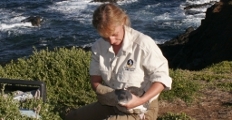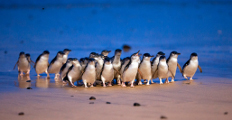Sand relocation and dune stabilisation works to protect Woolamai Beach Surf Life Saving Club
Sand relocation and dune stabilisation works to protect Woolamai Beach Surf Life Saving Club
A significant sand relocation and dune stabilisation operation around the Woolamai Beach Surf Life Saving Club will start in July, in an effort to protect the clubhouse from ongoing sand inundation.
The works will help protect the sensitive coastal environment, stabilise and revegetate the sand dune system, and improve access to the beach, clubhouse and public toilets.
Sand from the southern and western sides of the clubhouse will be moved to encourage dune regeneration in the area. Significant planting will then occur to further stabilise the dunes.
Woolamai Beach SLSC President Jason Close said the Club, Life Saving Victoria, the former Department of Environment, Land, Water and Planning and Phillip Island Nature Parks had long been working on solutions to alleviate the sand inundation issues around the
club.
Access around the Woolamai Beach car park may be restricted at times during the works, however signage, barricades and contractors will be on site to guide users of the area. Visitors will still be able to access the beach via the timber ramp from the car park.
“Large machinery will be used to access the beach and dune system to complete the works, which are necessary to maintain the future of the clubhouse, life saving services and the surrounding dune environment,” Mr Close said.
Phillip Island Nature Parks Projects and Planning Manager Jarvis Weston said the works would not only protect the clubhouse but also enhance the surrounding environment, and the timing of the works would consider seasonal issues and vulnerable fauna in the area.
“We will time the works around key wildlife dates, weather and seasonal factors to give the revegetation project the best chance of success,” Mr Weston said.
“Importantly, the works will be scheduled to avoid any impact on the breeding season of the threatened hooded plover shorebirds, which nest along the high tide line and in sand dunes during spring and summer, making their eggs and chicks particularly susceptible to being stepped on because they are difficult to see.
“Given the magnitude of the works and possible threats to fauna, we encourage the community to stick to the designated tracks and stay out of the sand dunes during this time.”
The project received $157,500 funding from the Federal Department of Industry, Science and Resources. The works are expected to be completed by December 2023.





